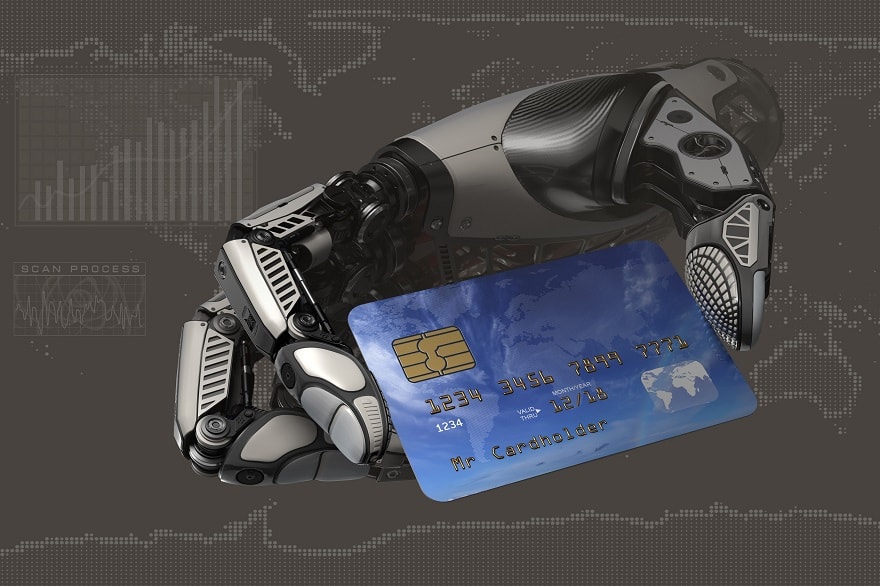Mobility has changed the pace of innovation: upgrades to major mobile operating systems are now available every year; applications instantly grab our attention and disappear just as quickly from our home screens; and most smartphones don't last the time of our two-year contracts. 2015 should be no exception, and we should see a steady stream of launches of applications, interactive devices, and connected and portable technologies, including Apple's line of connected watches.
But innovation isn't just at the level of consumer devices and software: enterprise software, cloud technologies and security threats are evolving just as rapidly.
What do all these technological advances have in common? They are transforming the way companies operate. Organisations are easily overtaken by new technologies launched on the market, or by the introduction of new consumer mobile terminals in the workplace. The challenge for them is how to keep up with mobile innovations, especially as they are just beginning their transitions to enterprise mobility.
Keeping pace with these innovations requires a complete change of mindset from the traditional enterprise software, which required lengthy implementation processes. Research, tendering, proof of concept, implementation, testing and deployment... such a process can take months or even years and require a significant financial investment.
In the current innovation context, the technologies envisaged would be destined to become obsolete after such projects, and the company would find itself left behind in the market. After years of deployment and major investments, what could be worse than realizing that several generations of technological innovations have been missed?
Gartner now defines traditional software as "any system that is not flexible enough to adapt to changing business needs. » (1)
The pace of innovation is pushing more and more systems into this category, with the introduction of new technologies going faster and faster than the implementation of older technologies.
It is up to the actors in the new technologies sector to provide a reference implementation framework enabling companies to keep pace with innovation. The tools must be able to be deployed simply and quickly. They must be adaptable to business growth and flexible to changing needs and strategies.
In terms of mobility, companies need to secure iOS, Android and Windows systems. Then there is the multitude of devices that are visibly subject to continuous launch cycles and the plethora of applications they contain.
Today's enterprises must accept the proliferation of mobile applications and consider them as relevant and productive tools. However, setting up an application environment and constantly updating it can be painful for IT departments.
This is where technology providers have a role to play. They can provide service delivery options from the cloud and in-house. They can also create offerings for the deployment of mobile applications and management tools, giving companies the flexibility to adopt more sophisticated mobile strategies as their needs change.
This evolution is necessary: a mobile strategy limited to email security does not offer employees sufficient flexibility to be fully productive on the move. However, by adopting mobile strategies that keep pace with innovation, companies can dramatically increase the productivity of their workforce. The rapid evolution of mobile technology has made it the primary computing platform used by employees. Technology providers can enable simple and secure access to applications for all major industries from employee devices. Mobility enables companies to instantly increase productivity. Whether they use CRM, enterprise risk management or HR applications, employees can securely access the information they need and are able to work with colleagues, customers and partners across the enterprise perimeter.
 This is just one example of how today's companies can take full advantage of technological developments and ensure that mobility is not only more widespread, but also more efficient.
This is just one example of how today's companies can take full advantage of technological developments and ensure that mobility is not only more widespread, but also more efficient.
Florian Welcome, Vice President UK, Central Europe, Southern Europe and Middle East of Good Technology
(1) : gartner.com/newsroom/id/2658415












